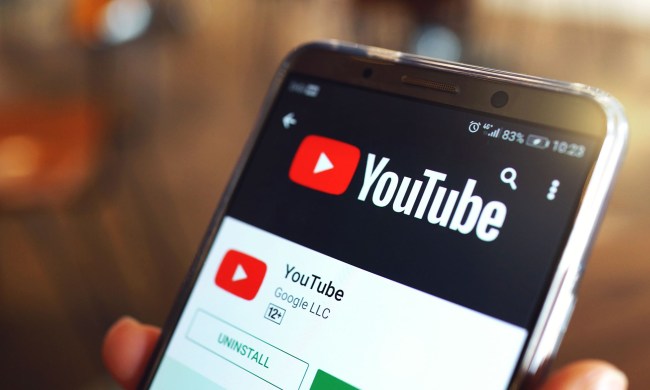YouTube is facing a backlash from its content creators once again, this time for taking away and then re-instating the verification of a large number of channels.
On Thursday, YouTube updated its verification policy, announcing the changes in a blog post and saying that “as YouTube has grown and the ecosystem has become more complex, we needed a new way to verify the identity of channels and help users find the official channel they’re looking for.” The new criteria used for verification excluded possibly thousands of channels that had been previously verified and content creators were unhappy when many received emails saying their channels had been un-verified.
Previously, any channel with more than 100,000 subscribers could be verified. But under the new policy, popular channels like Minecraft creator AntVenom, who has over 3 million subscribers, found themselves no longer verified.
This caused an uproar among creators. Although YouTube says verification is not an endorsement, merely a confirmation of identity, YouTubers take pride in their verification as being verified conveys a certain status on the platform, similar to verification on Twitter. People who had their verification removed were unimpressed by what some perceived as a demotion. The action also raised questions about why the change was necessary — if YouTube had already confirmed that a channel was run by the person that it claimed to be, there seemed to be little benefit from removing this information.
By Friday, it was clear that the change was not going to be accepted, so YouTube rolled back its decision. On Twitter, YouTube CEO Susan Wojcicki apologized to creators for “the frustration & hurt that we caused with our new approach to verification.” The company also updated its blog post, saying it had “completely missed the mark” and that “Channels that already have the verification badge will now keep it and don’t have to appeal.” YouTube will re-open its verification process at the end of the month.
YouTube is not the only platform that has had issues with verification. Twitter verification has also proved controversial, such as when a rash of cryptocurrency scams appeared as verified on the platform last year, causing issues with credibility.



